CLIQUE TALK : rencontre avec Benjamin Lesage qui a décidé de vivre sans argent

Il y a quelques années, j’ai commencé une série de dessins de sous-vêtements. Ceux que j’aimerais avoir. Je les imaginais avec des broderies délicates, des choses brillantes, des matières douces et veloutées… Moi, j’allais chez H&M, là où la dentelle gratte… Je me disais que c’était peut-être en vendant des dessins de culottes, que je pourrais m’offrir de beaux soutiens-gorge…
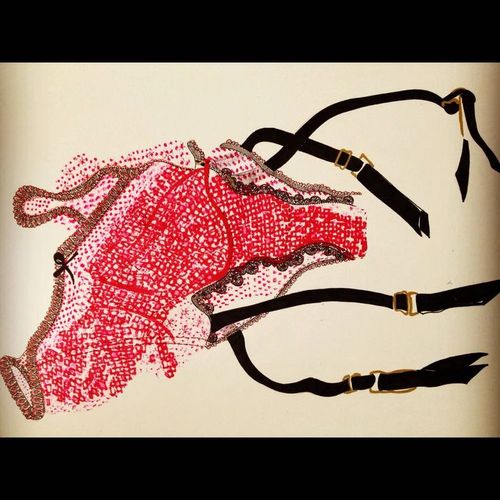

Quand on dessine ou que l’on peint des figures, qui plus est habillées, il paraît en effet évident qu’indirectement « on joue à la poupée » ou à « Dessinons la mode ».
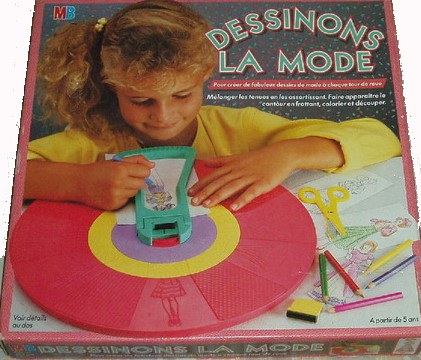
>>> Une veste à carreaux bleus, va entraîner un pantalon violet, à moins que non, ça jure avec les oranges de la corbeille de fruits, alors que faire ? Trouver une autre couleur ? Peut-être qu’une jupe ferait davantage l’affaire, quelque chose de léger qui pourrait être blanc, une mousseline ? Non, non. Allez une petite robe noire et on n’en parle plus. Non, le noir ça va creuser.
De ces solutions apportées transpirent bien entendu nos propres goûts et pourquoi pas même, notre propre style vestimentaire. On résout alors tous les problèmes de look au regard, non pas de ce qu’on a concrètement dans le placard, mais avec les impératifs de la composition, des formes, et des couleurs (et l’on se permet souvent plus que ce que l’on s’accorde dans sa vie de tous les jours).
Le peintre Kosta Kulundzic, me disait justement :
« Quand je peins des Vans, par exemple, je vais souvent avoir envie d’en acheter ; quand je dessine un short, je vais avoir envie d’en porter un. Il y a un vrai lien entre les vêtements dans la peinture et les vêtements du peintre. D’ailleurs, personnellement, je crois que je désire avoir tout ce que je peins… »
Peignant à partir de photographie qu’il prend lui-même, il me raconte alors qu’il change souvent les couleurs des vêtements qu’il restitue dans ses peintures. Il est attiré par les couleurs vives, le bleu, le vert, le jaune, le rouge : Hawaii (! ) ;
et il lui arrive même parfois de se prendre en selfie et d’enfiler un autre haut pour voir si cela « ferait mieux » dans le dessin.
De fait, oui, se représentant lui et ses amis, il se retrouve être looké de la même façon sur la toile, quand dans la vie…

À ce sujet, Kosta n’est pas dupe. Il est peintre depuis longtemps et connait aussi les enjeux de la profession :
« Le métier te pousse à ça… Les collectionneurs aiment acheter un bout de la personne. Une identité forte. Un peintre comme Joe Coleman par exemple, ressemble vraiment à sa peinture. Ça fait partie d’un tout. Les choses s’alignent pour créer un tout. «
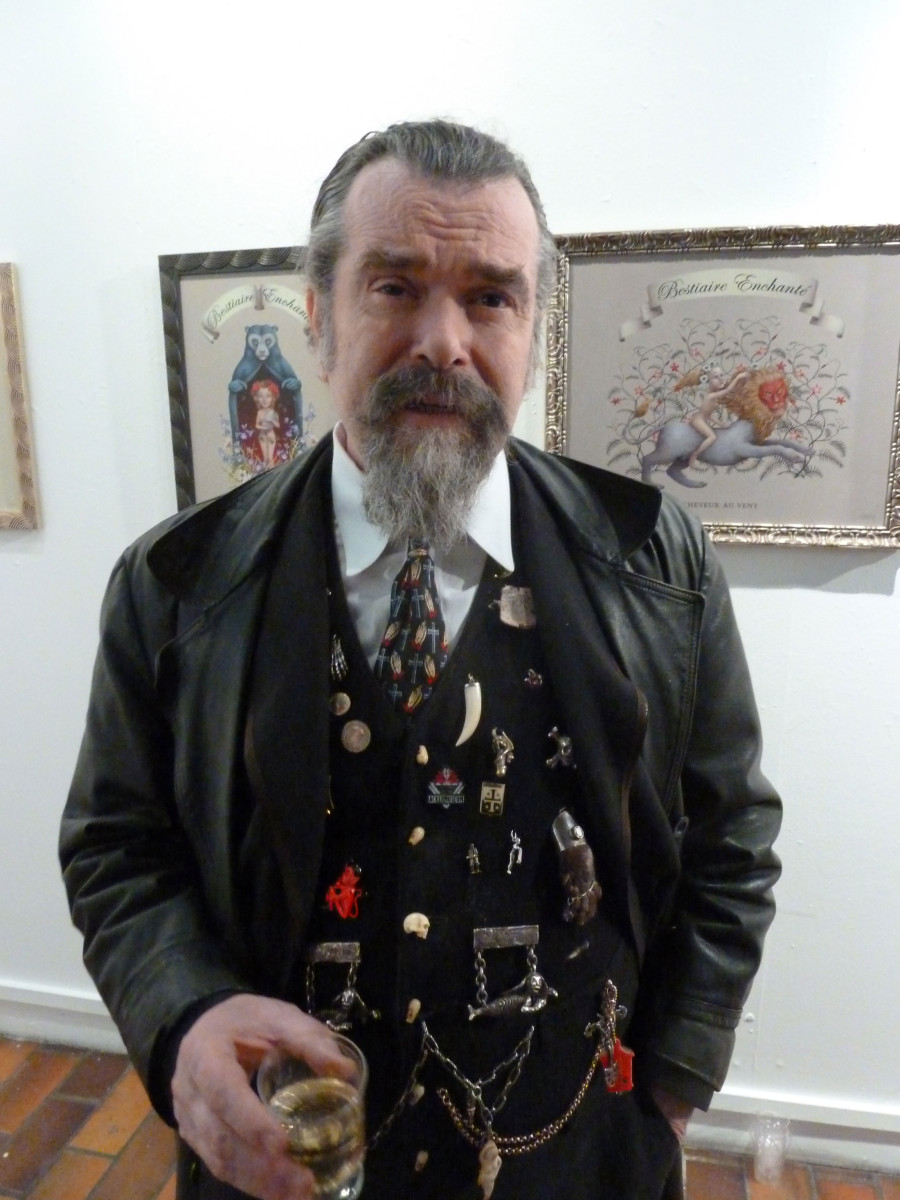

Joe Coleman
Pour les peintres figuratifs, qui s’inspirent de leur propre vie, la corrélation paraît presque trop évidente.
Mais qu’en est-il pour ceux qui peignent l’abstrait, pour ceux qui peignent des chevaux ou même des paysages ?
Est-ce que les couleurs utilisées dans leur peinture influencent leur style vestimentaire ? Est-ce qu’au contraire, les couleurs qu’ils aiment porter tous les jours se retrouvent sur leur toile, déterminant presque leur sujet qui est peint ?
Je regardais des peintures de David Hockney, en remarquant que, pris sur le vif, quelques petits détails de sa tenue de travail concordaient souvent avec la peinture en cours.
Était-ce planifié ? Pour l’acheteur ? Pour le spectateur ?
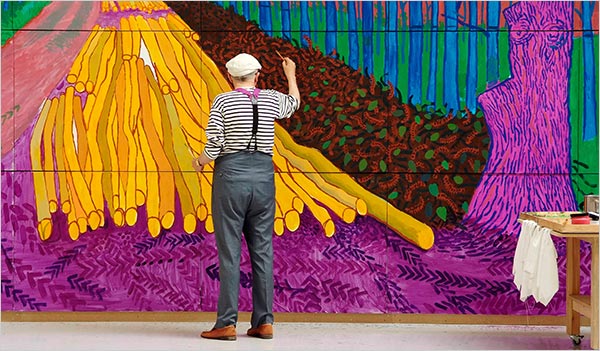
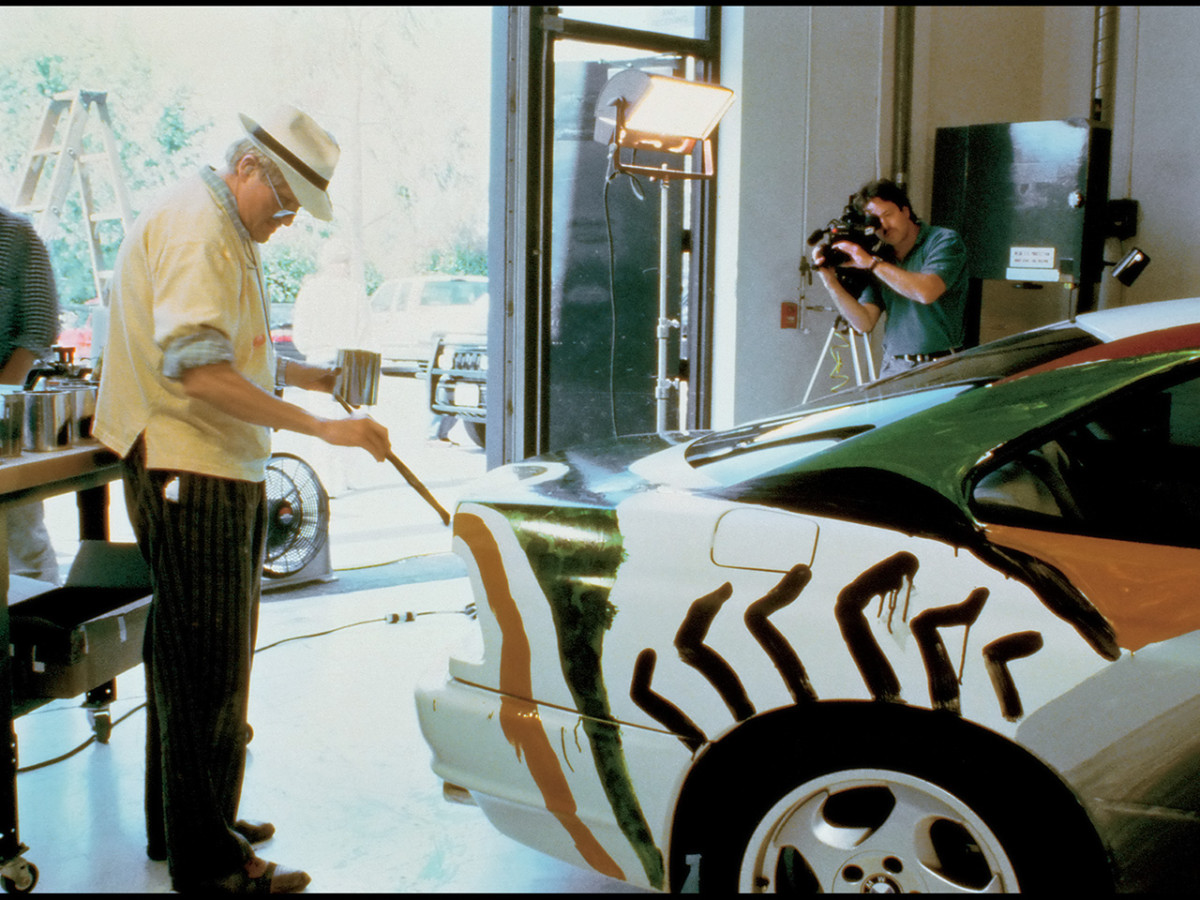
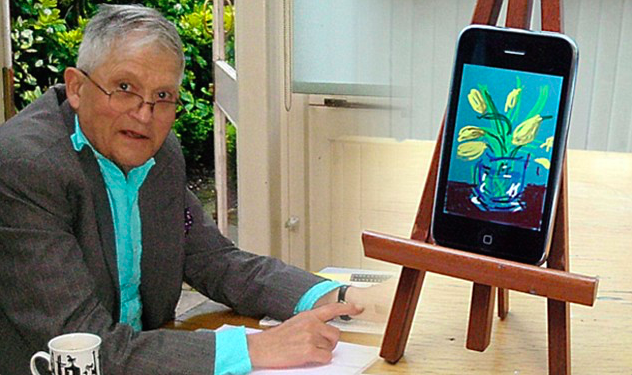
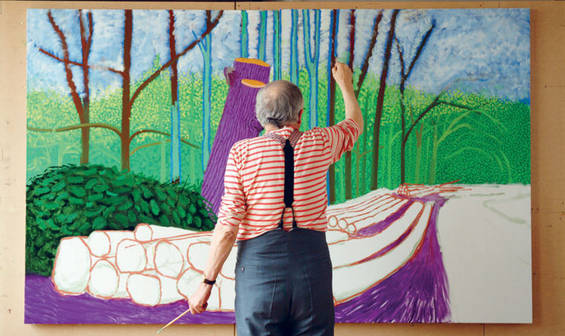
Existaient-ils d’autres exemples ?
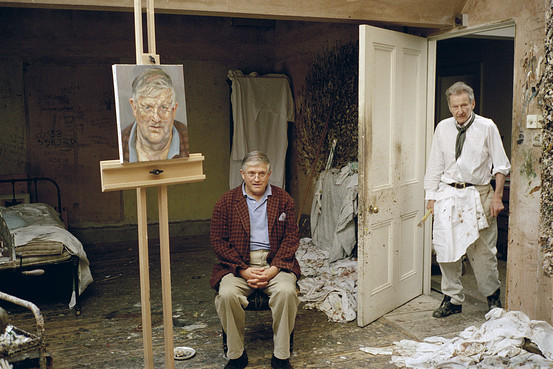
Lucian Freud peignant David Hockney
Certainement… Même au delà de la peinture…
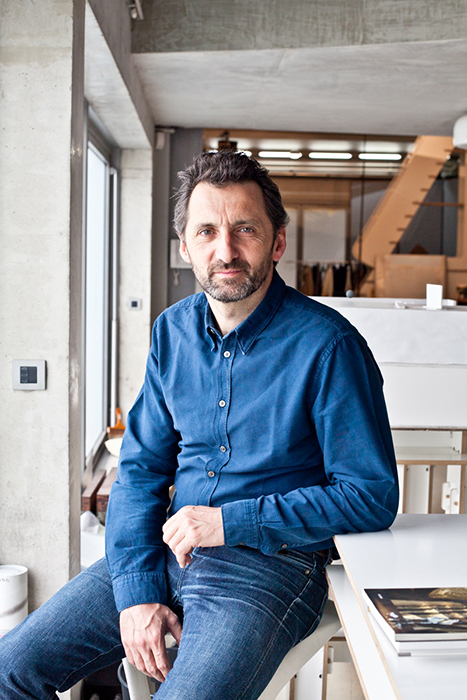
Xavier Veilhan
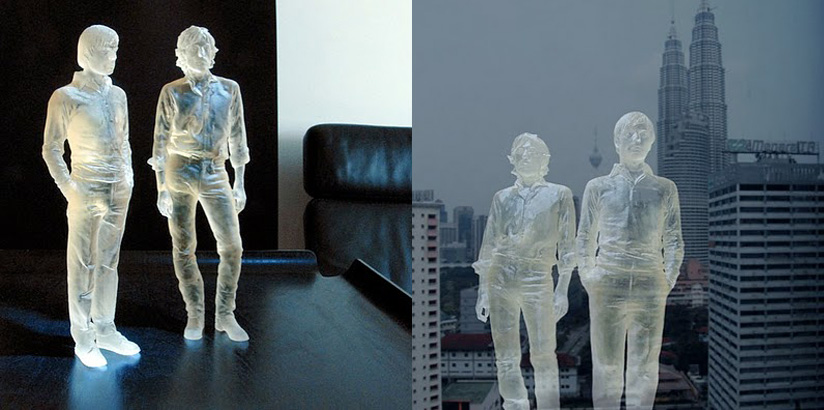
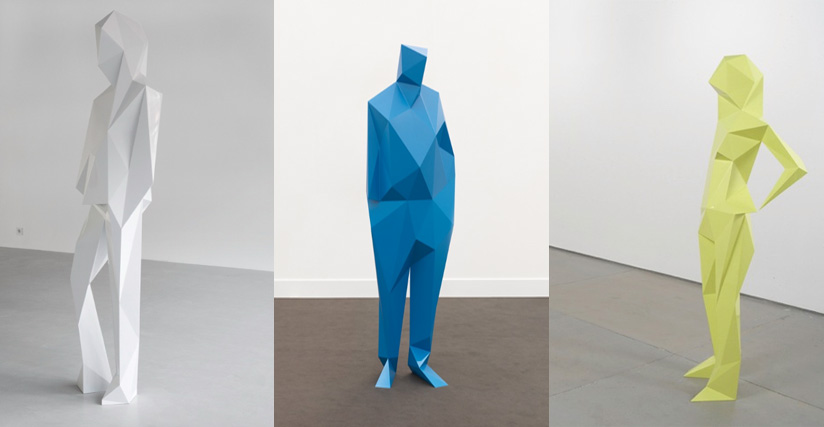
Je demandai alors à mes amis peintres s’ils pensaient que leur comportement vestimentaire était en rapport direct avec leur peinture :
Flore Nove-Josserand (Londres) :
« Pour moi c’est simple, je m’habille avec des ensembles de couleurs et textures que je trouve ‘classe’ (rire). Si cela se trouve être le même genre de combinaison que mon travail, ma foi, je n’y peux rien ! Si j’avais plein de thunes je commanderais des tenues beaucoup plus ambitieuses dans leurs couleurs et matériaux, par exemple un tailleur cintré en bois de tulipe avec des épaulettes prononcées, peint avec un joli dégradé citron -> vert pomme, que j’accompagnerais d’un pantalon moulant en serpent pourpre dioxazine et des chaussures aérodynamiques dorées.
(Si tu connais quelqu’un qui fait ça tu me mets en contact.)
Plus je maîtrise de couleurs et de matériaux dans mon travail, plus j’y suis sensible dans le monde, y compris dans les vêtements que je découvre.
Et plus je suis en contact avec des couleurs et des tissus dans mes fringues, plus ça me donne des idées pour mon travail.
Parfois, mon travail me fait acheter et même porter des habits particuliers, et parfois ils migrent dans ma garde-robe. »
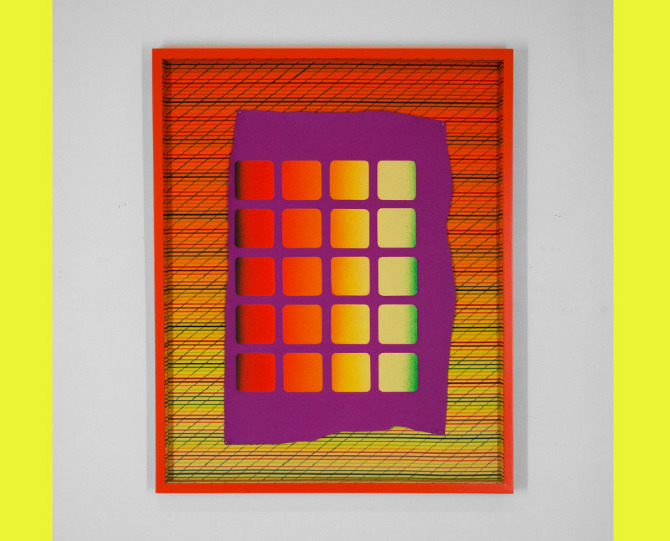
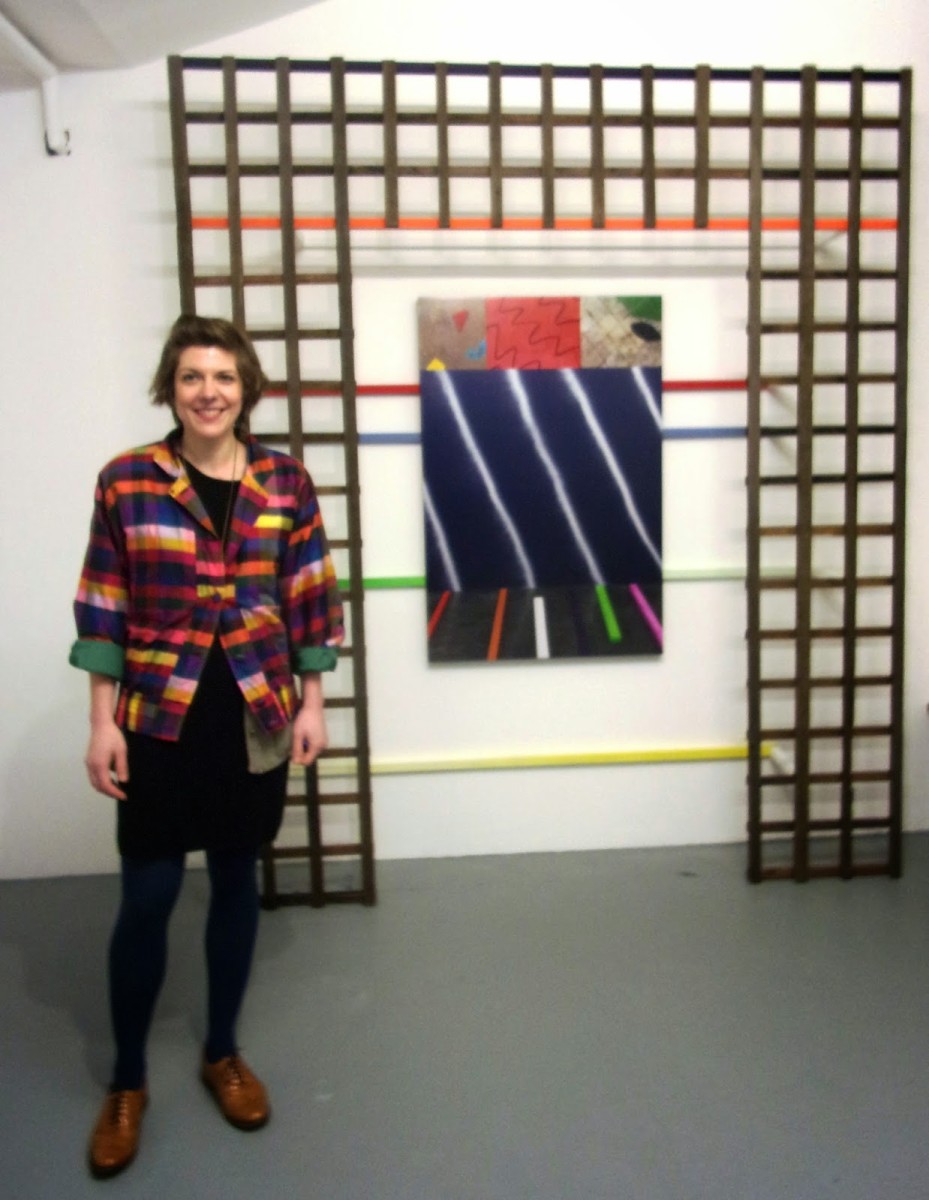
Clément Borre (Paris) :
« Le vert/jaune kaki/ moutarde est une constellation de teintes sur lesquelles je tourne en rond depuis des années : je cherche une couleur de mangue pourrie encore lumineuse et douce, un marécage acidulé, une moisissure métallique du futur. Il faut aussi que ça aille avec mes cheveux : j’ai stoppé le vert et l’orange car trop basique, trop cliché pour les roux. Et le bleu, j’ai beaucoup de mal à mettre des bleus sur mes toiles. Le bleu est à part, c’est l’au-delà… Je n’aime que le turquoise, le cyan surtout. »
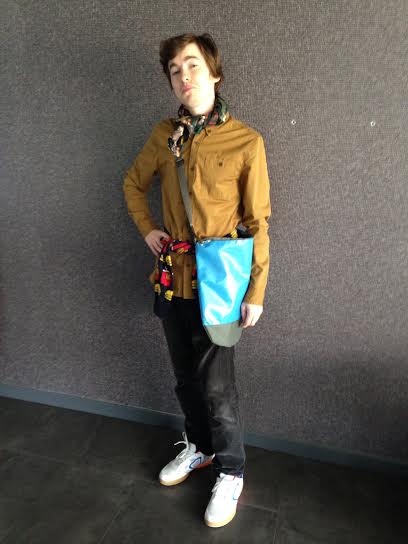
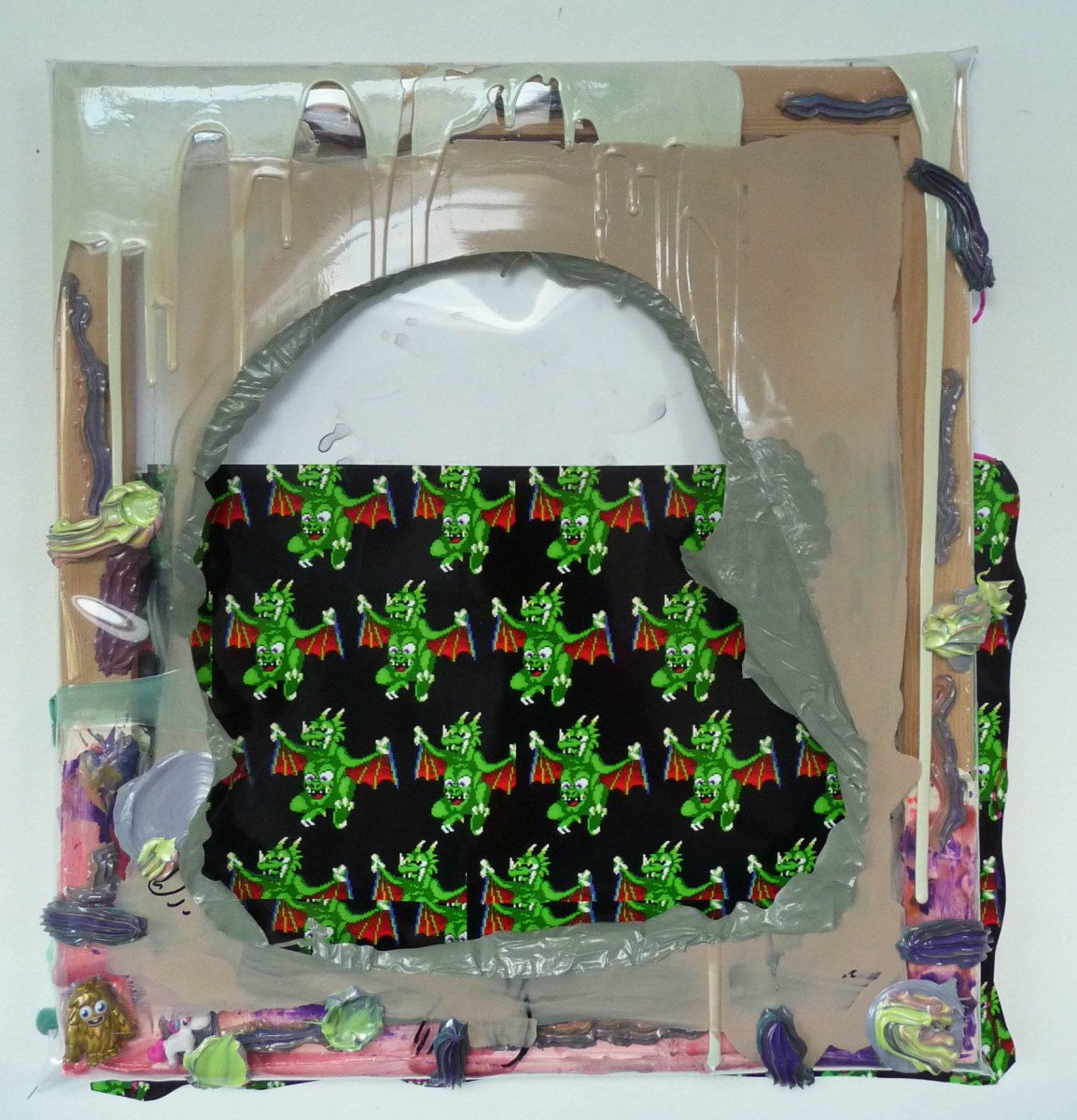
Daniel Mato (Paris) :
« Je suis assez « neutre » dans la vie, contrairement aux couleurs de mes peintures, qui sont beaucoup plus exubérantes. Le lien est peut-être aussi bête que celui-là : à savoir que ce que je n’oserais pas porter, je le répercute dans mes toiles, en sachant qu’effectivement, pour ce qui est de la peinture je suis porté par mes couleurs.
Certaines couleurs m’influencent à peindre et à avancer un tableau, alors que d’autres, plus neutres, ne me « parlent » pas du tout, et me coupe l’excitation du peindre. Par exemple, les bleus. Je trouve que c’est une couleur immédiatement « spatialisante », assez neutre finalement… et pour moi c’est très compliqué.
D’une manière générale, je dirais que la façon dont je m’habille n’influence pas ma peinture.
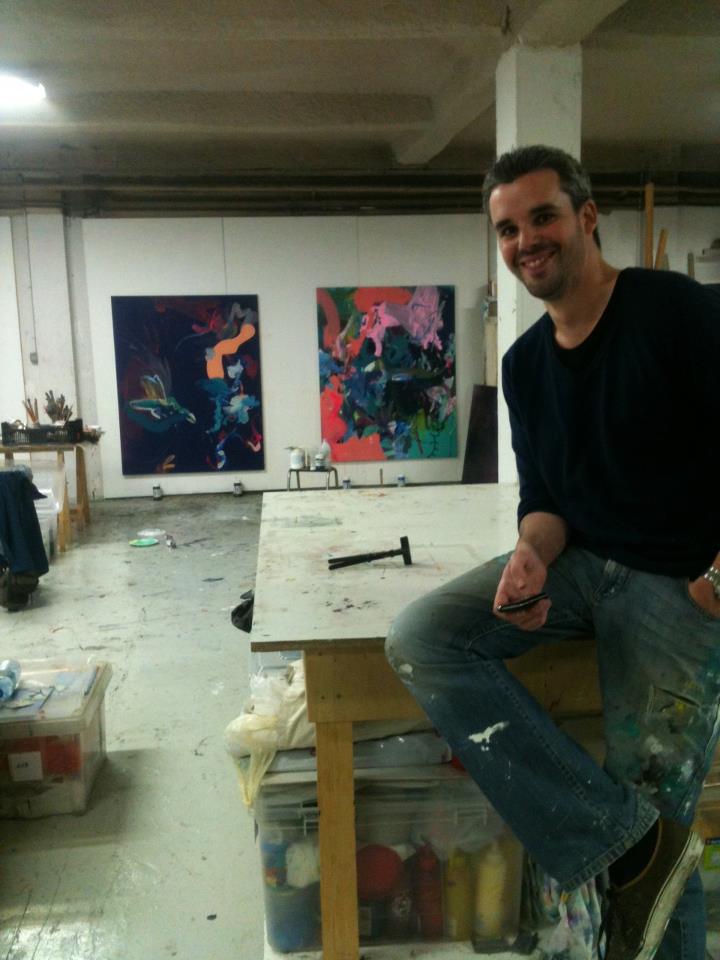
Si tu regardes des peintres comme Keith Haring ou Basquiat, leur peinture était vraiment liée à leur façon de vivre, donc des choses peuvent être très visibles en ce sens. Alors qu’un peintre de la « couleur » comme Joseph Albers, qui a une façon incroyable d’agencer la couleurs, s’habille comme un p’tit vieux pépère. »
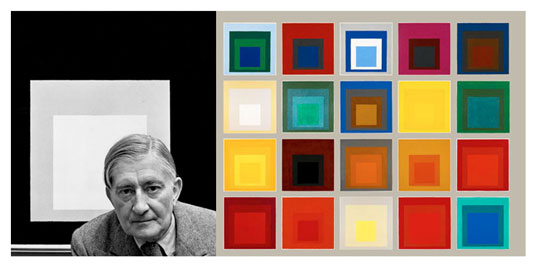
(Une chose est sûre, c’est qu’Albers était carré dans son travail…)
Comme dit si bien l’adage, « faut de tout pour faire un monde » et loin de moi l’idée d’élucider je ne sais quel mystère de l’Art aujourd’hui….
Certains artistes sont directement influencés par leur propre peinture. Leur travail, leurs trouvailles esthétiques, leur donnent envie d’aller plus loin dans la présentation qu’ils font d’eux-mêmes au monde.
D’autres, au contraire, vont être tout naturellement inspirés par leur propre personnalité qu’ils ne brident pas et qu’ils laissent s’exprimer aussi bien à travers leurs looks que leurs oeuvres.
Et puis, il y a ceux qui sont en décalage esthétique total. Leur « moi » intérieur se discernera alors peut-être davantage dans le propos, le concept, le thème de la peinture.
Et enfin, il y a ceux qui jouent le jeu. Qui ont trouvé un style (qui vend si possible) et qui font tout pour lui ressembler.
D’une manière générale, on peut cependant dire une chose en ce qui concerne les peintres et les couleurs : les peintres peignent les couleurs qu’ils aiment.
Cela paraît sans doute un peu bébête à dire, mais si la peinture est une recherche plastique, elle devrait peut-être combiner toutes les formes et couleurs possibles. Alors qu’en vérité, les peintres se cantonnent très souvent à « leur couleurs » ; de la même façon qu’ils achètent leurs vêtements, ils mettent en avant les teintes qu’ils affectionnent.